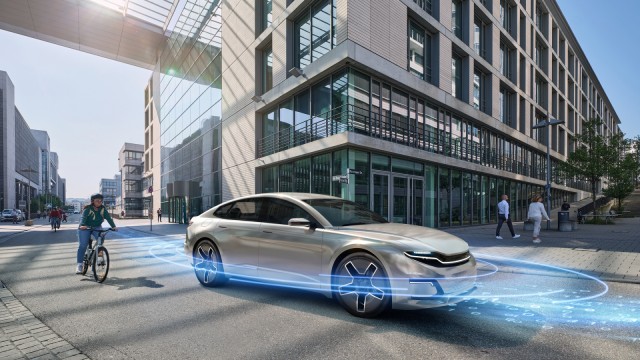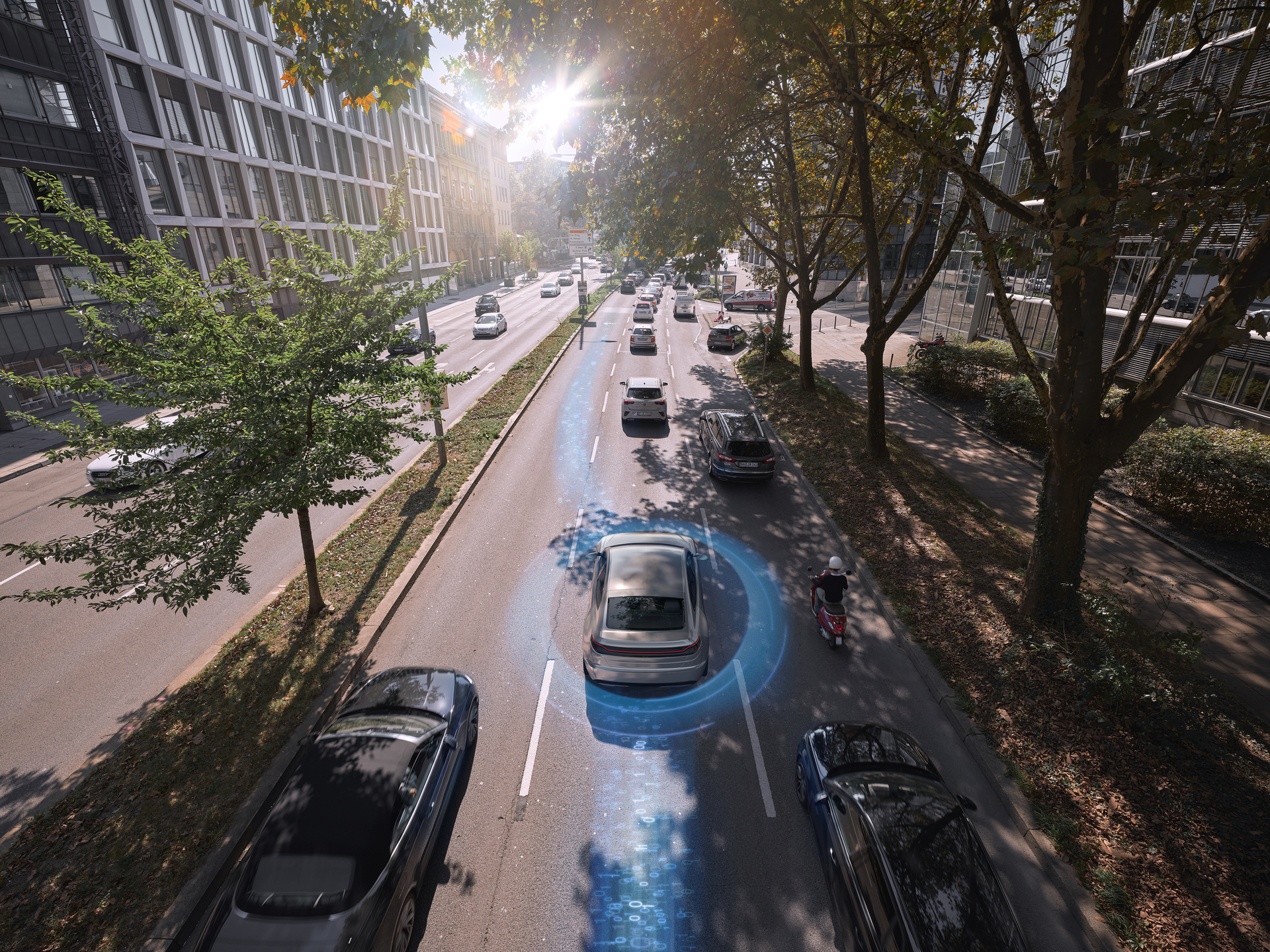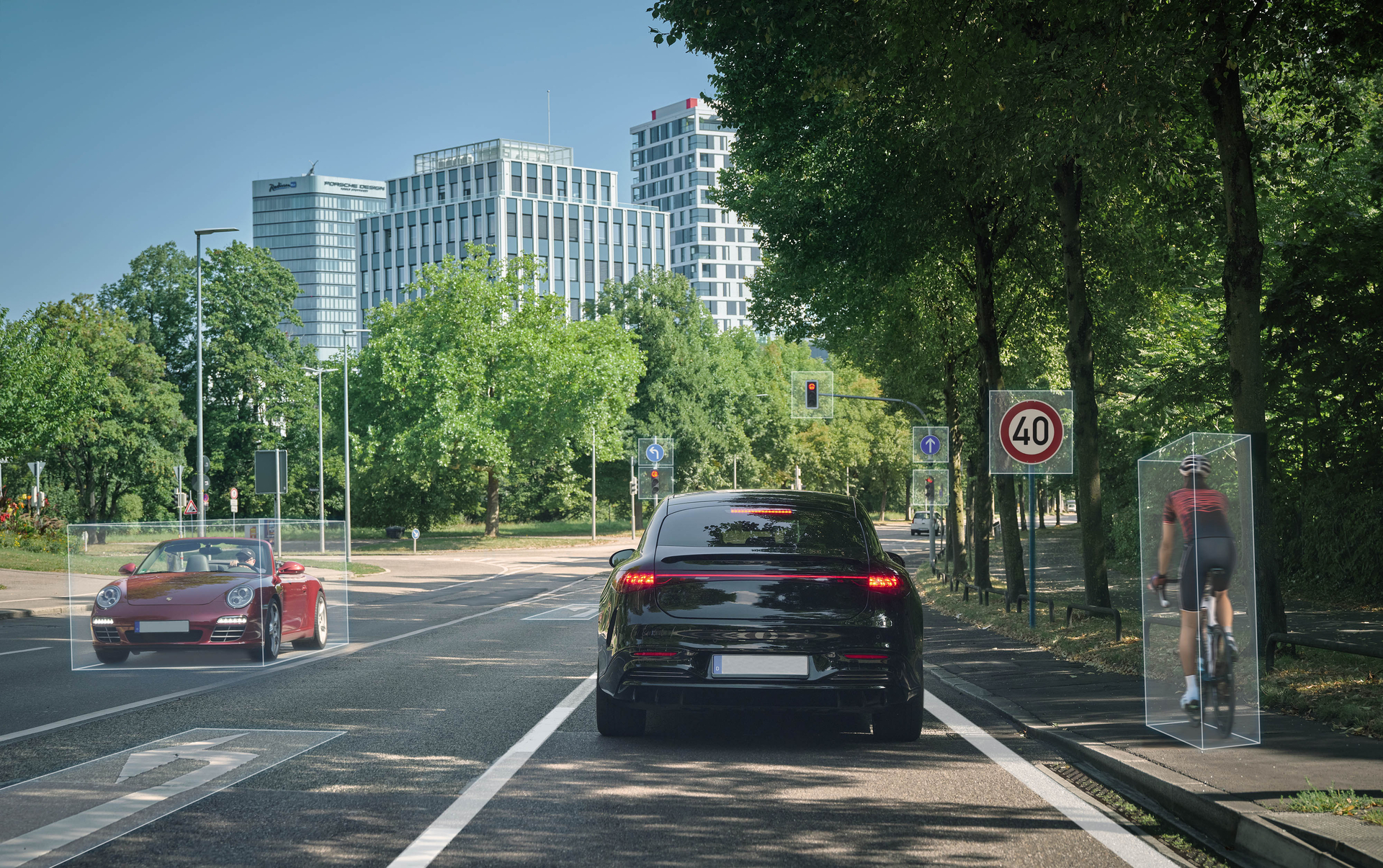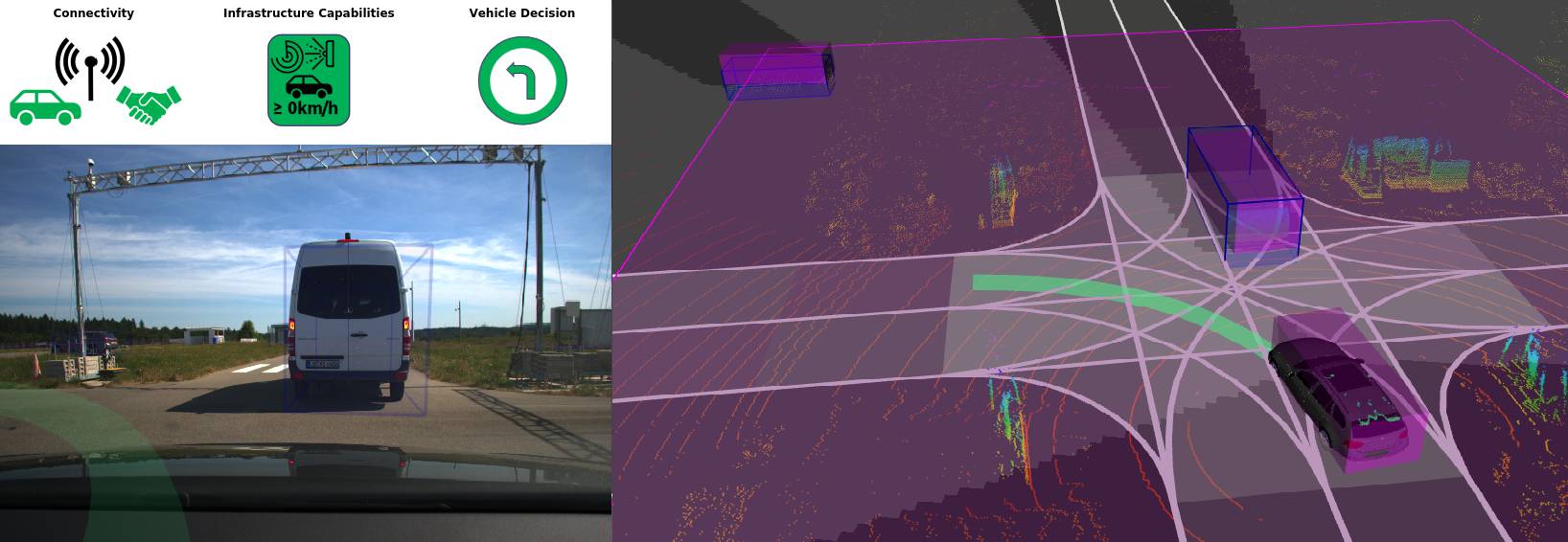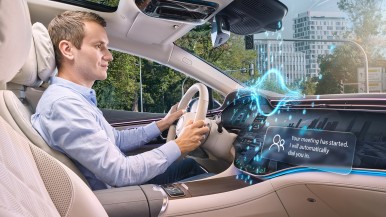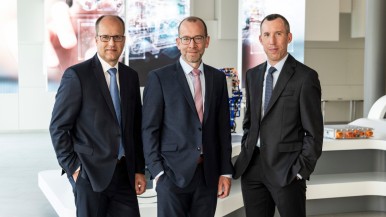Stuttgart, Germany – In the future, connectivity and digitalization will play an increasingly important role in road traffic. While this will bring about improvements in efficiency and safety, it also poses challenges with regard to the reliability of data exchange. This is where the three-year ConnRAD research project comes in. It provides important foundations for ensuring that connected mobility systems function reliably in road traffic, even when supplied with incomplete or uncertain information. The key word here is "resilience." The acronym ConnRAD stands for "connectivity & resilience for automated driving functions in Germany." Under the consortium leadership of Bosch, a project team – consisting of the Daimler Center for Automotive Information Technology Innovations (DCAITI), Fraunhofer-Institut für Offene Kommunikationssysteme (FOKUS), Fraunhofer-Institut für Entwurfstechnik Mechatronik (IEM), Hochschule für Technik und Wirtschaft des Saarlandes – htw saar, Infineon Technologies AG, Technische Universität München, TÜV SÜD, Universität Ulm – researched how connected transportation systems can be designed, developed, and released in a robust manner in the future. The project was funded by the Federal Ministry of Research, Technology and Space.
Contact person for press inquiries:
Andreas Haupt
Phone: +49 711 811-13104
E-mail: Andreas.Haupt@de.bosch.com
Mobility is the largest Bosch Group business sector. It generated sales of 55.8 billion euros in 2024, and thus contributed around 62 percent of total sales. This makes the Bosch Group one of the leading mobility suppliers. Bosch Mobility pursues a vision of mobility that is safe, sustainable, and exciting. For its customers, the outcome is integrated mobility solutions. The business sector’s main areas of activity are electrification, software and services, semiconductors and sensors, vehicle computers, advanced driver assistance systems, systems for vehicle dynamics control, repair-shop concepts, as well as technology and services for the automotive aftermarket and fleets. Bosch is synonymous with important automotive innovations, such as electronic engine management, the ESP anti-skid system, and common-rail diesel technology.
The Bosch Group is a leading global supplier of technology and services. It employs roughly 418,000 associates worldwide (as of December 31, 2024). The company generated sales of 90.3 billion euros in 2024. Its operations are divided into four business sectors: Mobility, Industrial Technology, Consumer Goods, and Energy and Building Technology. With its business activities, the company aims to use technology to help shape universal trends such as automation, electrification, digitalization, connectivity, and an orientation to sustainability. In this context, Bosch’s broad diversification across regions and industries strengthens its innovativeness and robustness. Bosch uses its proven expertise in sensor technology, software, and services to offer customers cross-domain solutions from a single source. It also applies its expertise in connectivity and artificial intelligence in order to develop and manufacture user-friendly, sustainable products. With technology that is “Invented for life,” Bosch wants to help improve quality of life and conserve natural resources. The Bosch Group comprises Robert Bosch GmbH and its roughly 490 subsidiary and regional companies in over 60 countries. Including sales and service partners, Bosch’s global manufacturing, engineering, and sales network covers nearly every country in the world. Bosch’s innovative strength is key to the company’s further development. At 136 locations across the globe, Bosch employs some 87,000 associates in research and development.
Additional information is available online at www.bosch.com, www.bosch-press.com.
